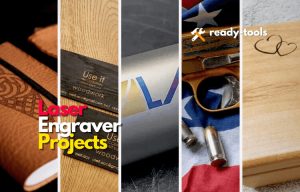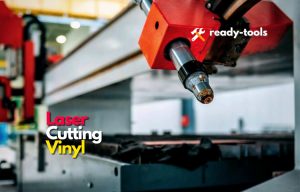Laser engraving is a great way to market your products and customize your personal belongings. But what if I tell you there is a way to enhance the beauty of your creation further?

Color laser engraving is a technique to add color vibrance and details to the engraved design. The best part is that you are not limited to a few selected materials only.
Basically, any material you can engrave with your laser machine is also suitable for color engraving. This article will discuss all there is to know about colored engraving in detail.
What is Color Laser Engraving?
Color laser engraving is a technique to add different colors to the engraved surface. The coloring principle is different for the different types of material. For instance, non-metallic surfaces can be colored with a coat of paint or laser engraving color powder.
Similarly, the metallic sheets are colored by oxidizing the material. In this case, the topmost layer of the metal is heated to the extent that an oxidized layer is formed.
As a result, reflected light is visible on the surface of the engraving. In short, any laser engraving that involves coloring the grooves with a suitable technique is known as color laser engraving.
Color Laser Engraving on Different Materials:
Color laser engraving opens unlimited opportunities to customize different materials further. However, the best results are only achieved if you choose the right material and the engraving method for the job. Here are a few suggestions:
Color Engraving on Metal:
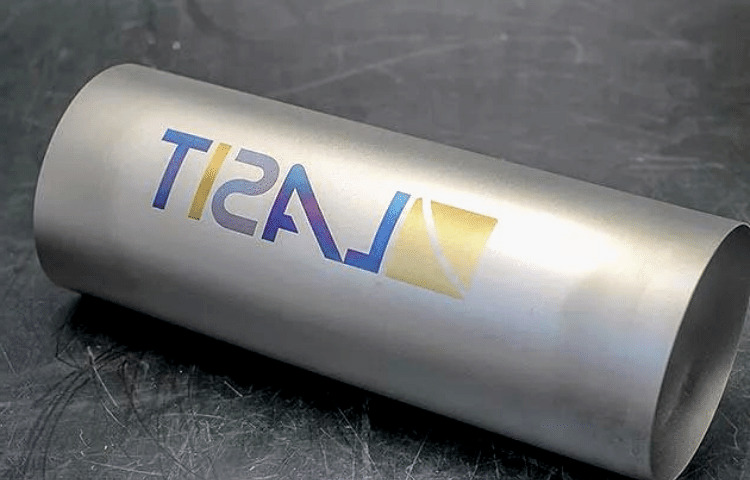
Metal is the most commonly used material for color laser engraving. The shiny surface and oxidizing properties of metal make it the best choice for different applications. The topmost layer of the metal is heated to a certain temperature by means of the laser beam. The heated surface reacts with the atmospheric oxygen and becomes oxidized. As a result, the light hitting on the surface of the metal is reflected back, displaying different colors.
The color variation in metals is produced by varying the laser frequency, power, and speed. Moreover, you can also achieve different colors by repeatedly reheating the same spot. In any case, stainless steel, titanium, and aluminum are the best materials for color laser marking and color laser etching.
Color Variations in Engraving Metal:
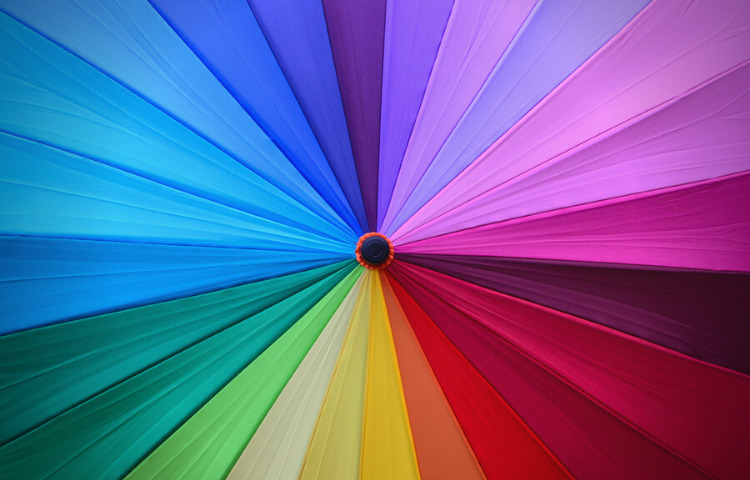
The basic principle behind color engraving metal is the same for every metal. However, the variations in color are produced by using different laser patterns, power, speed, and materials for the job.
Line-by-line Method:
The basic technique of color engraving is to move the laser in a straight path with consistent power and thickness. As a result, the resulting design is uniform, simplistic, and elegant. However, this technique is not suitable for complex designs and is best for engraving rings, etc.
Line Overlapping:
The laser engraving works very similarly to printing on paper. The more times you pass a spot, the brighter the resulting colors will be. So, line overlapping is a method in which the laser is passed multiple times over the same spot to brighten the color and create vibrance.
However, this method is not suitable for thin surfaces as multiple passes over the same spot can damage the material and thus the potentially vital components inside.
Cooling and Solidification:
You need a high-power laser to oxidize the top layer of metal for the oxidizing process. However, the metal is melted and solidified as a result of this technique. Fortunately, cooling and solidification is a technique in which a high-power laser is passed over the material with a fast velocity.
As a result, the metal is oxidized without melting. So, you can use this method to color engrave any metallic surface without damaging any vital components.
Grating with Oxide:
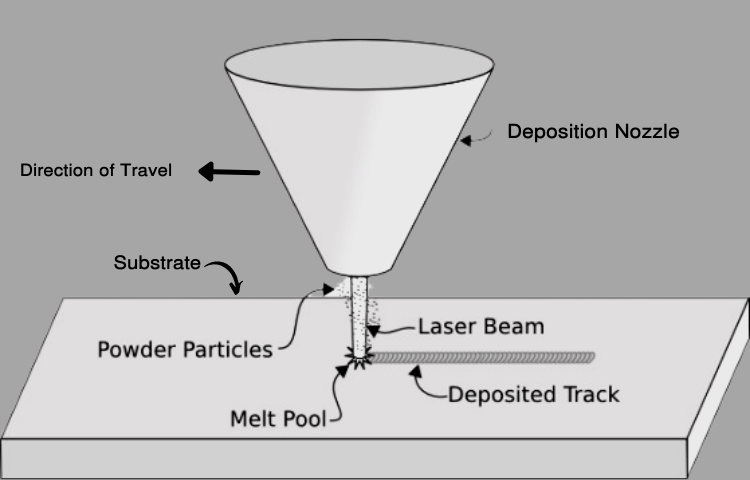
The problem with metal engraving is that not every metal reacts the same way to heat. So, you need to use the grating with oxide method to oxidize such materials’ topmost layer artificially. The powerful laser creates a molten pool on the surface of the metal. As a result, the metallic surface is diffracted and oxidized to produce the required results.
Color Laser Engraving on Plastic:
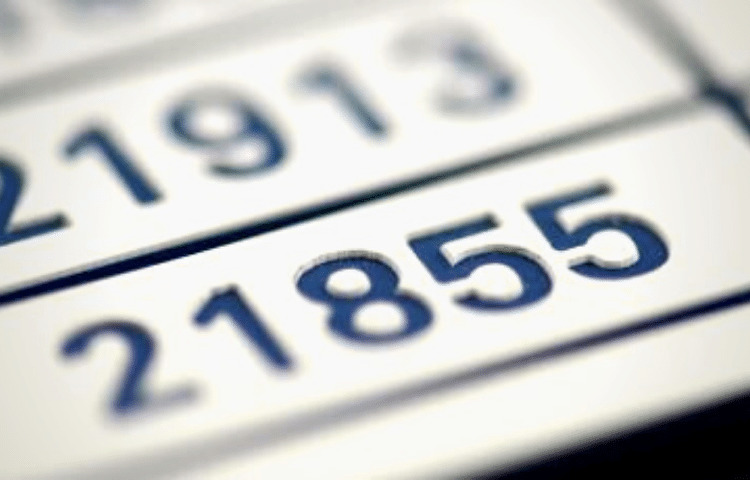
The color laser engraving on non-metallic materials like plastic and acrylic is very different from metal. There is no way to oxidize the non-metals to achieve the required colors. Instead, artificial colors are induced in the engraving for better results.
Artificial coloring is a method in which the color engraving powder or compound is spread on the surface of the material. This layer is hit with a powerful beam of laser that quickly melts and settles in the engravings. The required color is achieved when both the molt and the color solidify.
However, you need to be very careful when selecting a material for color engraving as plastic and acrylic are available in a wide range of colors. So, the non-contrasting colors are easily visible on the surface.
For instance, it is difficult to engrave a blue plastic sheet with blue, green, and black colors. Similarly, white color is invisible on transparent surfaces like glass plastic and ABS plastic.
Application of Color Laser Engraving:
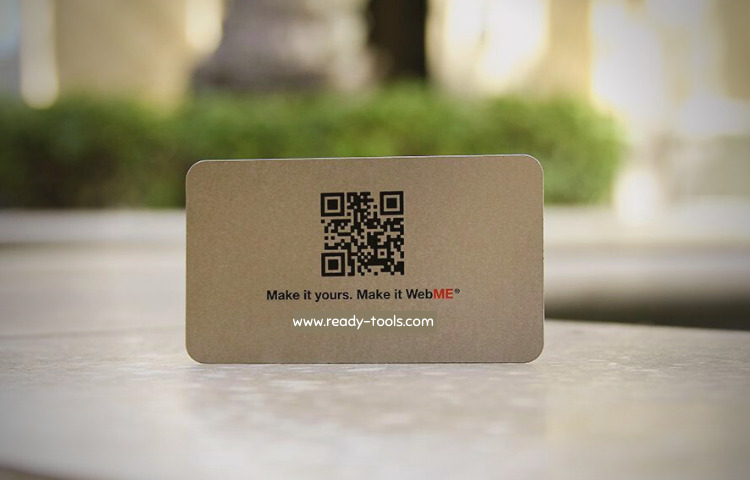
Color laser engraving is a vast field with endless possibilities and room for creativity. The whole process is computer-controlled so that you can even engrave the complex designs with multiple color variations without any effort.
Feel free to use your creativity and design everything that comes to your mind. Therefore, laser marking colors is widely used in multiple industries as well as for personal customization projects.
The industrial sector uses color engraving on its products for both branding and detailing. For instance, you can use a color laser machine to produce colorful logos on the products for more permanent effects. In fact, laser coloring lasts even longer than the product itself.
Color laser engraved materials make the perfect gift for every occasion. For instance, you can engrave names and dates on something as valuable as a ring for a better sense of belonging.
Similarly, you can even engrave colors on weapons to enhance the beauty of your gun. In short, there is room for color laser engraving on everything that you own, as long as you are creative enough.
Machine Suitable for Color Laser Engraving:
The first thing that you need to start color laser engraving is a suitable machine for the job. Not every laser engraver is capable of producing professional color effects on the material. Therefore, you need a machine like the MOPA Fiber Laser to effectively color engrave any material.
MOPA is a 60W fiber laser engraver with a 150mm square work area. So, you can use this powerful laser engraver color engraving on metal, plastic, and every other material.
Similarly, all you need is a Windows PC and a suitable space to use this laser engraver. The automation software optimizes the design and laser settings according to the engraving pattern and type of the material. In short, if you are looking for the best color laser engraving machine, I suggest that you check this one out.
Frequently Asked Questions:
What is a king color core made of laser engraving?
King color core is made from high-density polyethylene material with different colors on the layers. This high-quality engravable material is a homogeneous sheet made with the complicated fusion process known as poly fusion.
How to separate a color image into black and white for laser engraving?
Typical laser engraving requires a greyscale image for the process. Fortunately, the majority of designing software allows you to convert any colored image into B&W or grayscale format. Import the image to a suitable software like Adobe Photoshop and remove the image background. Hover to the edit section and click on the grayscale option to convert the image into black and white for laser engraving.
What color laser is best for engraving?
Usually, metallic surfaces are commonly used for laser engraving. You need a powerful fiber laser with at least 60W power for color engraving. In some cases, you can even use a powerful CO2 laser to color engrave non-metallic surfaces like plastic and acrylic.
Conclusion:
Color laser engraving is a useful technique that enhances the customization of any material. You can use a laser engraver to produce different colors on the engraving depending on the material.
However, there are some limitations that you need to keep in mind before getting started with the project. This article discussed the basics of color laser engraving to help you get a better understanding of the topic.

